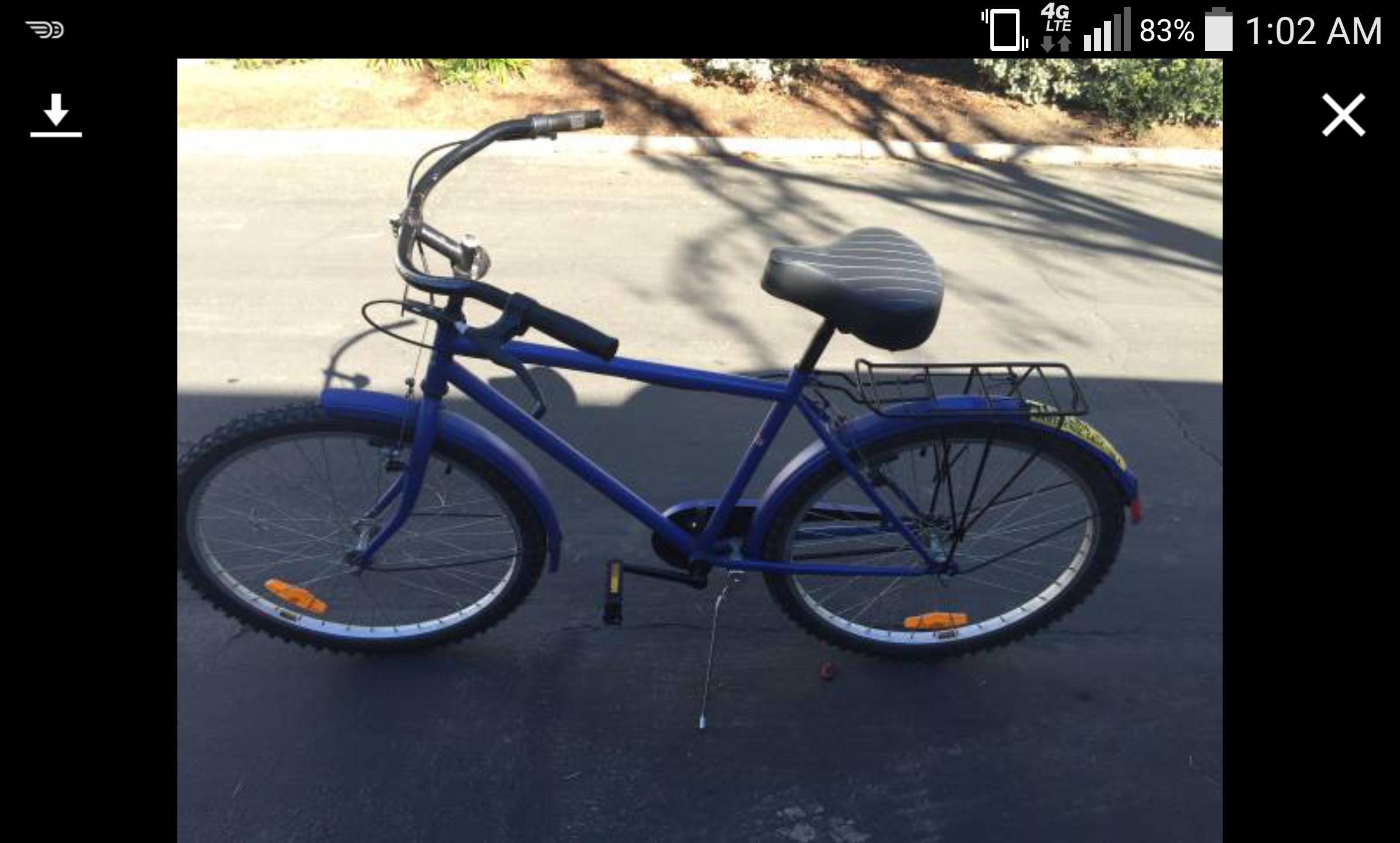Hello everybody. I just bought a older steel cruiser bicycle and a briggs 3hp Flathead. I have been searching the forum and have seen some pretty crazy cool ideas on jackshafts. I have decided I want to try out a belt drive first but I have a few questions.
I have seen some pictures with a 2 step pulley mounted on a seat tube and I think it is awesome, but for some reason I cant find it online anywhere! Anyone have any idea where I could buy a set up like that? Or how to piece one together?
I could probably just buy a jackshaft kit from a website with pillow blocks and all that but I am not a very good welder and I don't think there would be enough space on the bike.
Thank you for the help.
pic of the bike

I have seen some pictures with a 2 step pulley mounted on a seat tube and I think it is awesome, but for some reason I cant find it online anywhere! Anyone have any idea where I could buy a set up like that? Or how to piece one together?
I could probably just buy a jackshaft kit from a website with pillow blocks and all that but I am not a very good welder and I don't think there would be enough space on the bike.
Thank you for the help.
pic of the bike





